If you’re wondering what is the best drone to buy in 2025, you’re in the right place. Today, we’ll explore DJI’s drone lineup to help you find the perfect one, whether you’re a beginner or looking to upgrade. We’ll break down the differences between these drones, and there’s a lot to cover.
DJI isn’t sponsoring this content. I’ve purchased all but two of the drones discussed, and interestingly, the ones DJI sent me are among the cheaper models. I’ll point those out later. No one paid for this video; these are drones I use professionally or bought for YouTube reviews. Other manufacturers like Autel exist, but I haven’t tested their drones, and their quality seems inconsistent based on reports. Hover Air is making waves with follow drones, similar to DJI’s Flip and Neo, and VFly recently released the VFly Copter Mini, a sub-249g drone I’d love to try, but that’s for another time.
We’ll divide this ‘best drone for beginner guide‘ into three sections: consumer drones for beginners, premium drones with better image quality and flight handling, and professional drones used for big-budget productions like movies and TV shows. By the end, you’ll know which drone suits your needs. First, let’s discuss the two main drone types: GPS-stabilized drones and FPV (First Person View) drones.
Drone Types
FPV Drones
FPV Drones, like the DJI Avata 2 and DJI Neo, use goggles for an immersive, VR-like flight experience. The Neo, an affordable option, is ideal for beginners wanting to test drones. It’s inexpensive, supports FPV, has tracking modes, and takes photos. For more robust FPV, including professional work, the Avata 2 is excellent. It’s safe, with DJI’s safety features like a pause button that makes it hover if you’re in trouble. You can fly it with goggles, a regular controller, or a stick controller, which is intuitive for newcomers.
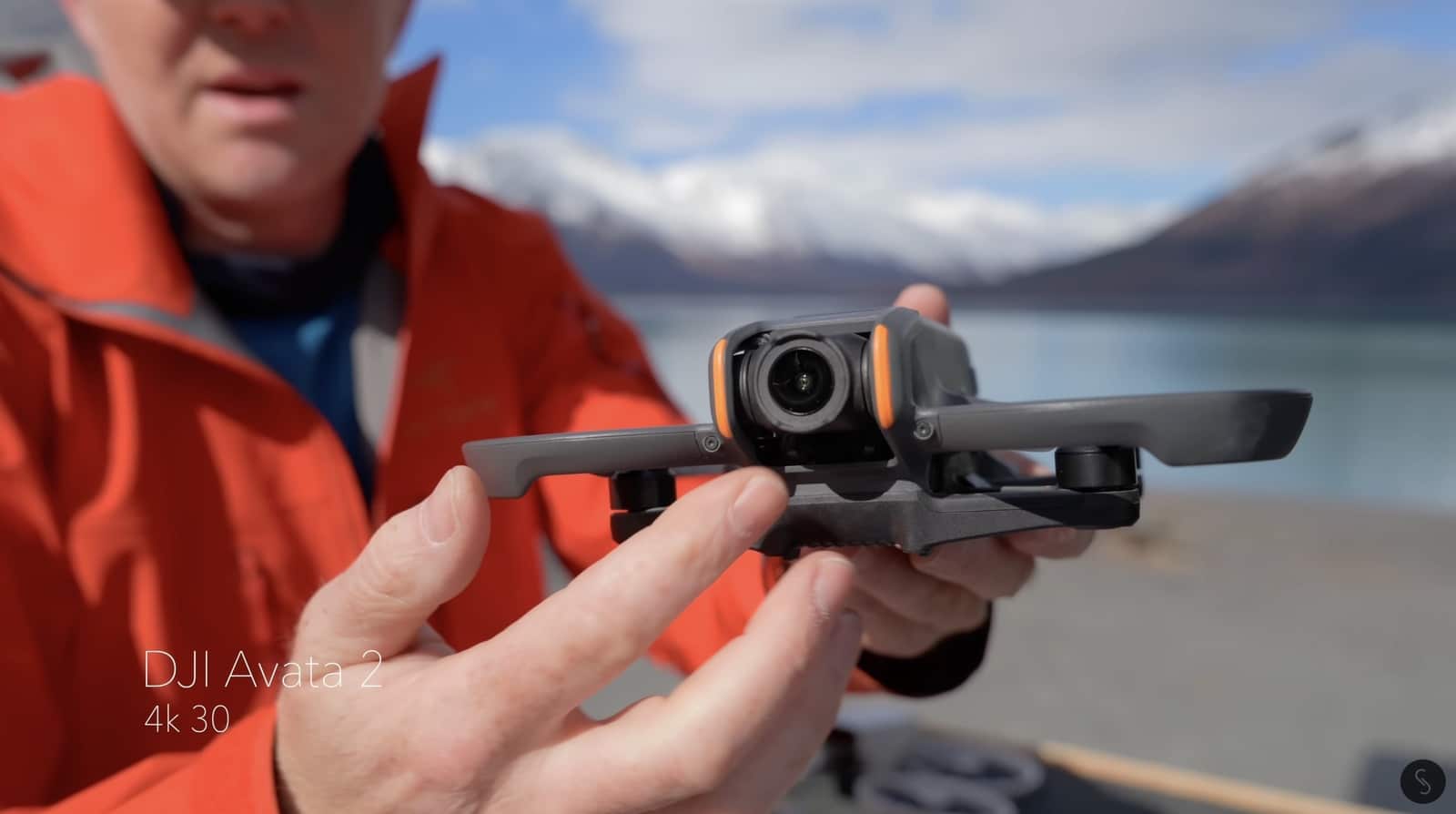
However, the Avata 2 isn’t great for photos. Its two-axis stabilized gimbal struggles in windy conditions, causing the drone to tilt and affect photo quality. If photography is your goal, look elsewhere.
Consumer Drones
DJI’s most affordable consumer drones are the Neo and Mini 4K. The Neo is versatile, supporting FPV and allowing flight without a remote—just your phone. It can record audio from your phone, syncing it with drone footage, a feature shared by only one other DJI drone. The Neo does a bit of everything.
The Mini 4K, priced around $300, is a classic GPS-stabilized drone with a three-axis gimbal. Both the Neo and Mini 4K offer 12-megapixel stills and 4K video but are limited to standard modes without advanced options like log recording. They’re perfect for capturing family memories or travel moments without a big investment.
The DJI Neo can track subjects from behind or in front, though its tracking is basic. The Mini 4K lacks tracking. Neither has obstacle avoidance, so caution is needed. For smarter features, consider the Flip or Mini 4 Pro, their upgraded counterparts.

Premium Consumer Drones
The Flip and Mini 4 Pro are more advanced. The Mini 4 Pro boasts 360° obstacle avoidance and superior video/photo quality with D-Log M and a better sensor. The Flip, similar to the Neo, supports phone or remote control but lacks FPV. It has forward-facing obstacle avoidance and prop guards for crash protection, making it durable—I’ve crashed mine several times, and it’s one of the drones DJI sent me (the other being the Mini 4K).
The Flip costs around $700, while the Mini 4 Pro is the top-tier consumer drone. Both are sub-249g, ideal for fewer regulatory restrictions, especially in Europe. The Mini 4 Pro handles wind better due to its open props and offers up to 36 minutes of flight with a heavier battery (exceeding 249g). For social media creators, the Mini series excels with a gimbal that rotates 90° for true 4K vertical video, unlike other drones that crop to 2.7K.
Professional Drones
For professional work, the Air 3, Air 3S, and Mavic 3 Pro (likely to be succeeded by the Mavic 4 soon) shine. These larger, heavier drones are faster (40–60 mph) and handle wind better than mini drones. Their key advantage is multiple cameras with varying focal lengths.

DJI Air 3 and Air 3S
The Air 3 and Air 3S feature dual-camera systems: a 24mm wide lens and a 70mm telephoto lens, great for creative shots like parallax effects. Both shoot 4K at up to 120 fps and take 48-megapixel stills, with the Air 3S offering 50-megapixel stills on the main camera. They provide 36–37 minutes of flight time and 360° obstacle avoidance.

DJI Mavic 3 Pro
The DJI Mavic 3 Pro has a triple-camera system: a 24mm four-thirds sensor (5.1K video, 20-megapixel stills) with Hasselblad color science, a 70mm telephoto, and a 166mm telephoto for unique, helicopter-like shots. Its main camera has a variable aperture, reducing the need for ND Filters. Flight time is around 25–30 minutes, slightly less than the Air series. The Mavic 3 Pro’s larger size may trigger stricter regulations, but its active track and smart features are robust.

Top-Tier Professional Drones
For elite professionals, the Mavic 3 Cine ($5,000) and Inspire 3 ($20,000–$30,000) are the go-to options. The Mavic 3 Cine offers an SSD and ProRes recording, ideal for editing houses needing high color fidelity.

The Inspire 3, Netflix-approved, features a full-frame 8K ProRes RAW camera, excelling in low light and supporting dual operation for complex shots. However, its battery life is only 20 minutes, and its cost makes it viable only for high-earning professionals. I’ve earned more with the Mavic 3 than the Inspire 3, but the latter is essential for specific high-end jobs.

The Best Drone for Beginners
Battery life varies: 15–20 minutes for the Inspire 3, 20–26 minutes for FPV drones, and up to 36 minutes for the Mini series with heavier batteries. The RC2 remote with a built-in screen is highly recommended for convenience, working with most drones except the Mini 4K and Mavic 3 (likely compatible with the Mavic 4).
Range is no longer a concern; all DJI drones exceed Legal line-of-sight limits. In congested areas, a dedicated remote (not a phone) ensures a stronger signal. For extended flights, FlyMore kits with extra batteries are a great investment.
Check the affiliate links in the description for the latest prices and to support this channel. Watch my next video for more insights, and join my live stream most Wednesday nights at 4:00 p.m. Alaska time (8:00 p.m. Eastern) to ask questions. See you soon!
Discover more from DroneXL.co
Subscribe to get the latest posts sent to your email.

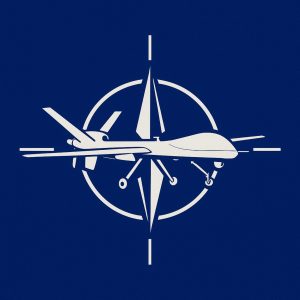
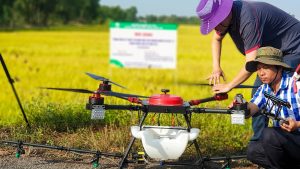
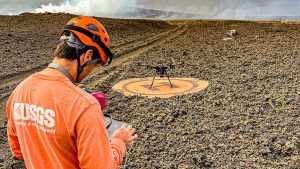
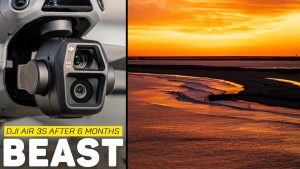
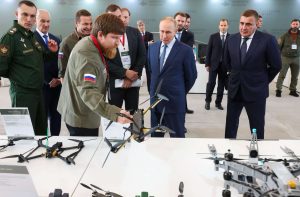

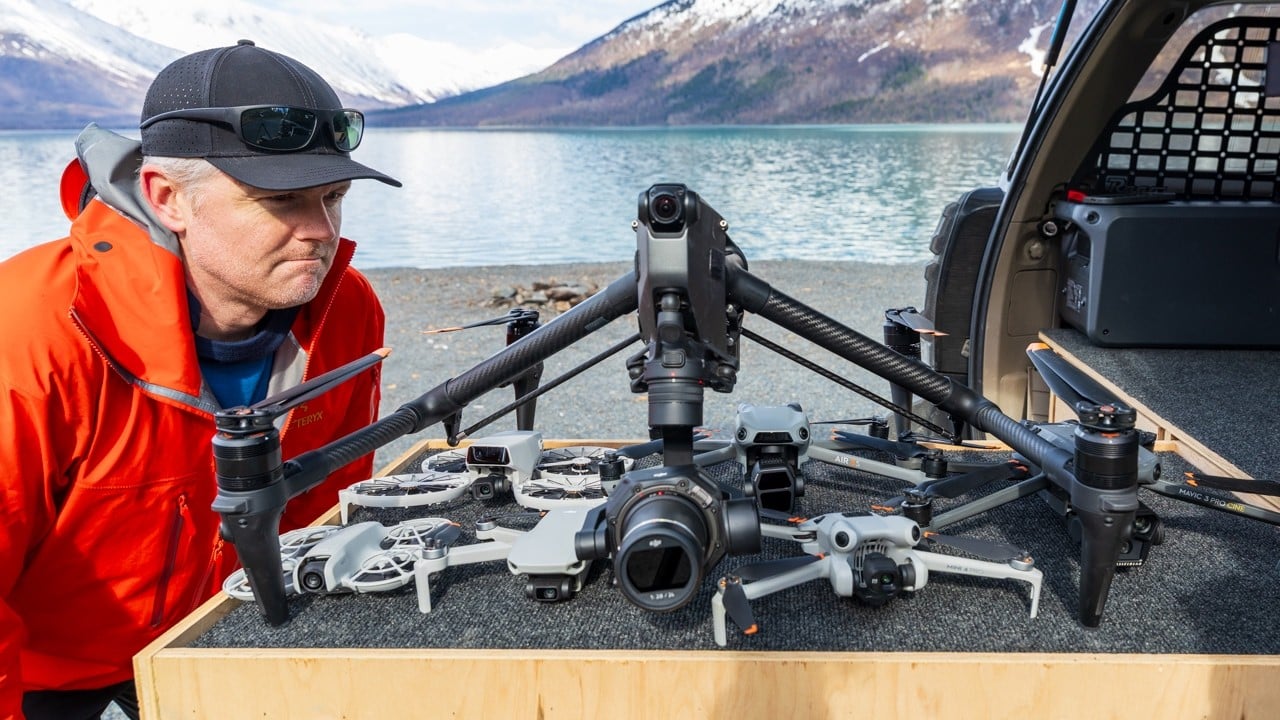

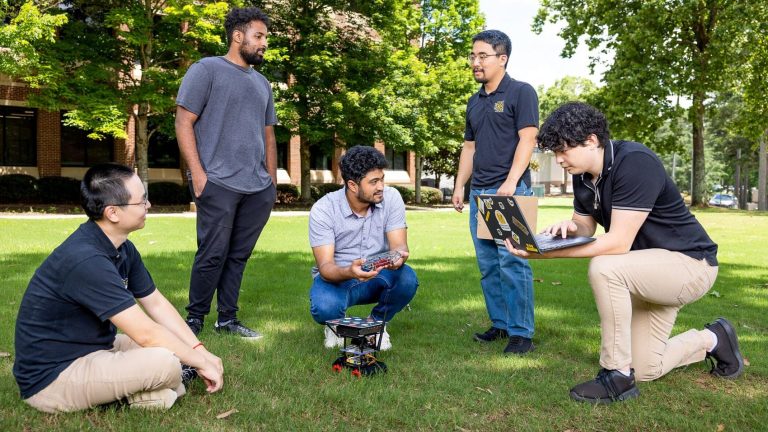
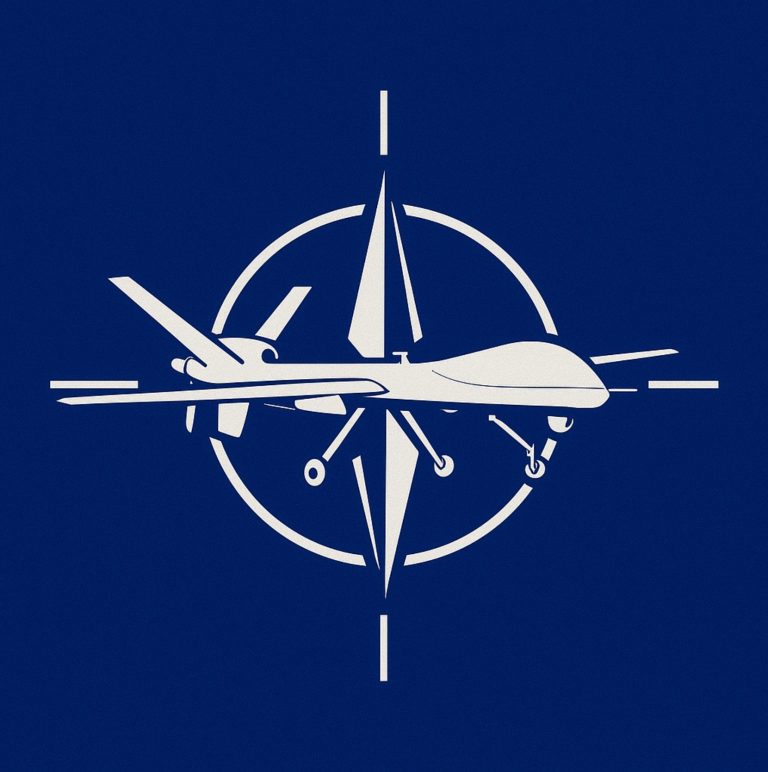
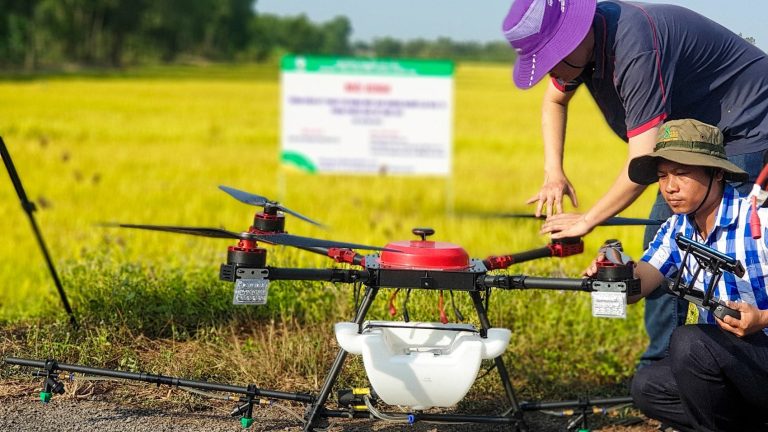
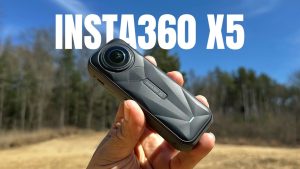
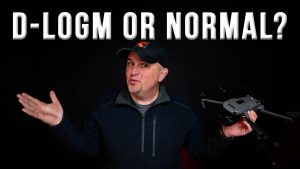

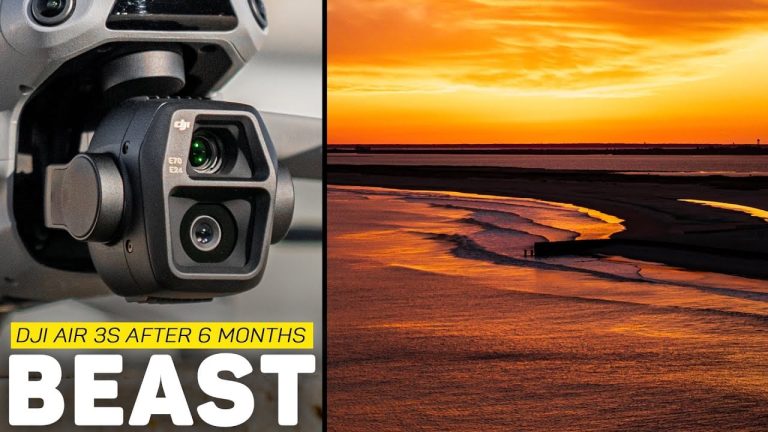
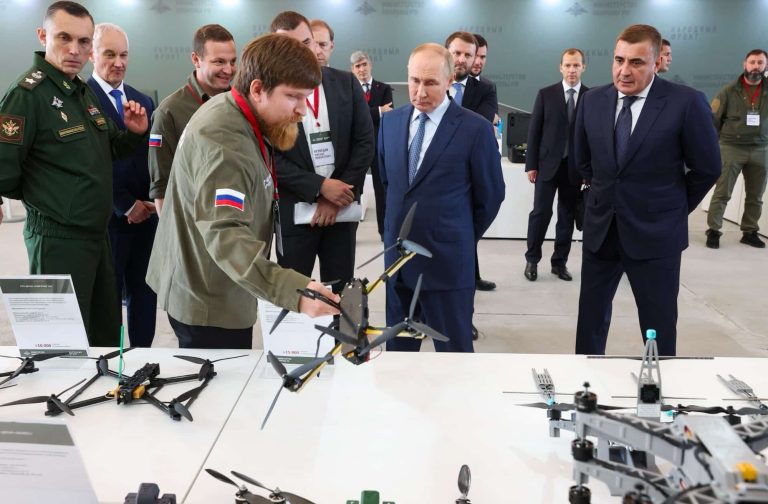
+ There are no comments
Add yours